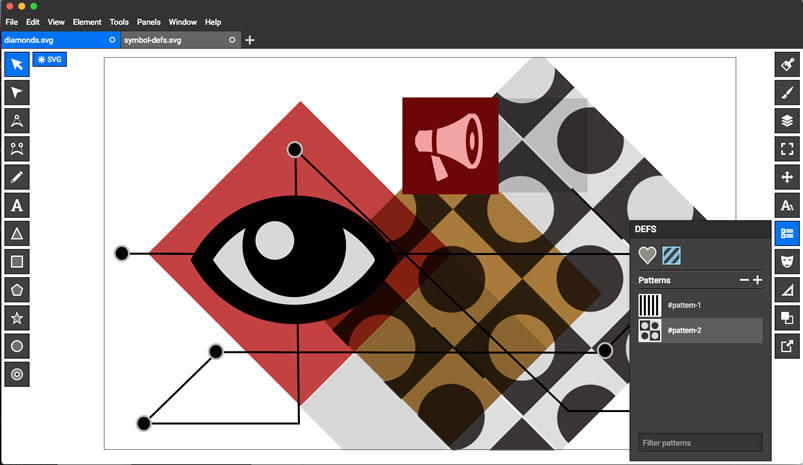


"It will be primarily a house of worship, but it will also be a place of art," said President Hinckley, speaking during October 1998 general conference. In the 10 years since it opened, the Conference Center, sporting the same spotted-grey granite quarried from Little Cottonwood Canyon as the neighboring Salt Lake Temple, has fulfilled President Hinckley's pronouncement, which Bishop Burton labels as the center's constitution and clarion call. The Conference Center was dedicated at the following October general conference, punctuated by the "hosanna shout" used at LDS temple dedications. For example, the Mormon Tabernacle Choir had to be accompanied by prerecorded tracks since the 7,667-pipe organ was not completely functional. More than 100,000 people total attended the five conference sessions that Easter 2000 weekend with only minor inconveniences. President Hinckley's April 2000 conference weekend deadline for occupancy was met, although the building was not entirely finished. Three of the state's major construction corporations - Jacobsen, Layton and Okland – joined to create a 4,000-strong Legacy Construction workforce that over 20 months completed the primary construction effort. President Hinckley first hinted of a new assembly hall in April 1996 general conference, with the groundbreaking on Pioneer Day the following year. Digging into the hillside resulted in a massive building and parking edifice of 1.5 million square feet that still fits under the city zoning's 75-foot height restriction. Ultimately, the church ended up with its own architecturally renowned design on a full, 10-acre downtown block. Nothing offering the size and seating was found. Officials were sent scouring the world for possible prototypes as he mused about domed arenas and capacities of upwards of 30,000 and more.
#Boxy svg center how to#
Hinckley during the early 1990s, as he worried how to drastically increase the typical conference-session capacity of 6,000 to 7,000 in the historic Salt Lake Tabernacle. The current Conference Center resulted from the prolonged ponderings of then-LDS Church President Gordon B. In the 1940s, church leaders considered an assembly building - with 10,000 main-floor seats and another 9,000 in a balcony - that would double in providing the arts and amusement offerings of the old Salt Lake Theater and Social Hall. "We could go from stem to stern about the various aspects of the building," Bishop Burton said, "but it was a prophetic vision, founded out of years of concern that Latter-day Saints have an opportunity to attend and participate in general conference." David Burton's responsibilities include oversight of church properties and facilities, and he has watched the 21,000-seat Conference Center grow from concept, announcement and ground breaking to construction, completion and function. Maybe the topic would be the wide range of events held there over the past 10 years, including elaborate productions, musical performances, religious programs and even a barbershop-quartet convention.īut the first and foremost purpose is found in its name - as the 21,000-seat venue hosting the semiannual general conferences of The Church of Jesus Christ of Latter-day Saints. Or perhaps the trivial - that a Boeing 747 jet could easily fit inside the massive main assembly hall. Others may focus on its unique features, such as the roof top gardens and multi-acre meadow. We could apply this same method to any type of curved path.SALT LAKE CITY - As the LDS Conference Center embarks on its second decade, some may talk of what it might have been - a massive domed arena - or of its lesser-known amenities, like the collection of wood, welding and machine shops and the adjoining 900-seat theater. See the Pen SVG Text Along a Curved Path by Geoff Graham ( on CodePen. The rest is CSS! The exact font size will depend on the text itself and what font family is being used but, once you strike the right balance, the SVG itself will handle the responsiveness and ensure everything stays on the curve at any scale. See the Pen xrPbgx by Geoff Graham ( on CodePen. We could also do this in CSS, but we’re applying it inline directly in the SVG markup for the sake of this example. We don’t want that curve to be seen, so let’s give the path a transparent fill. See the Pen Kqywpe by Geoff Graham ( on CodePen. We can wrap our text in the tag and set it to follow the lines of our curved path by calling the path ID we set earlier. See the Pen ZyaYOw by Geoff Graham ( on CodePen. We’re not going to see anything yet, but we know the text is there off screen somewhere. Then, we drop content into the SVG using the tag and give it a width that matches the SVG viewBox dimensions. See the Pen NgwPYB by Geoff Graham ( on CodePen.

Imagine we draw a curved line in SVG and give it an ID called curve. We can flow text along a curved line with three tools built right into SVG:, and.


 0 kommentar(er)
0 kommentar(er)
